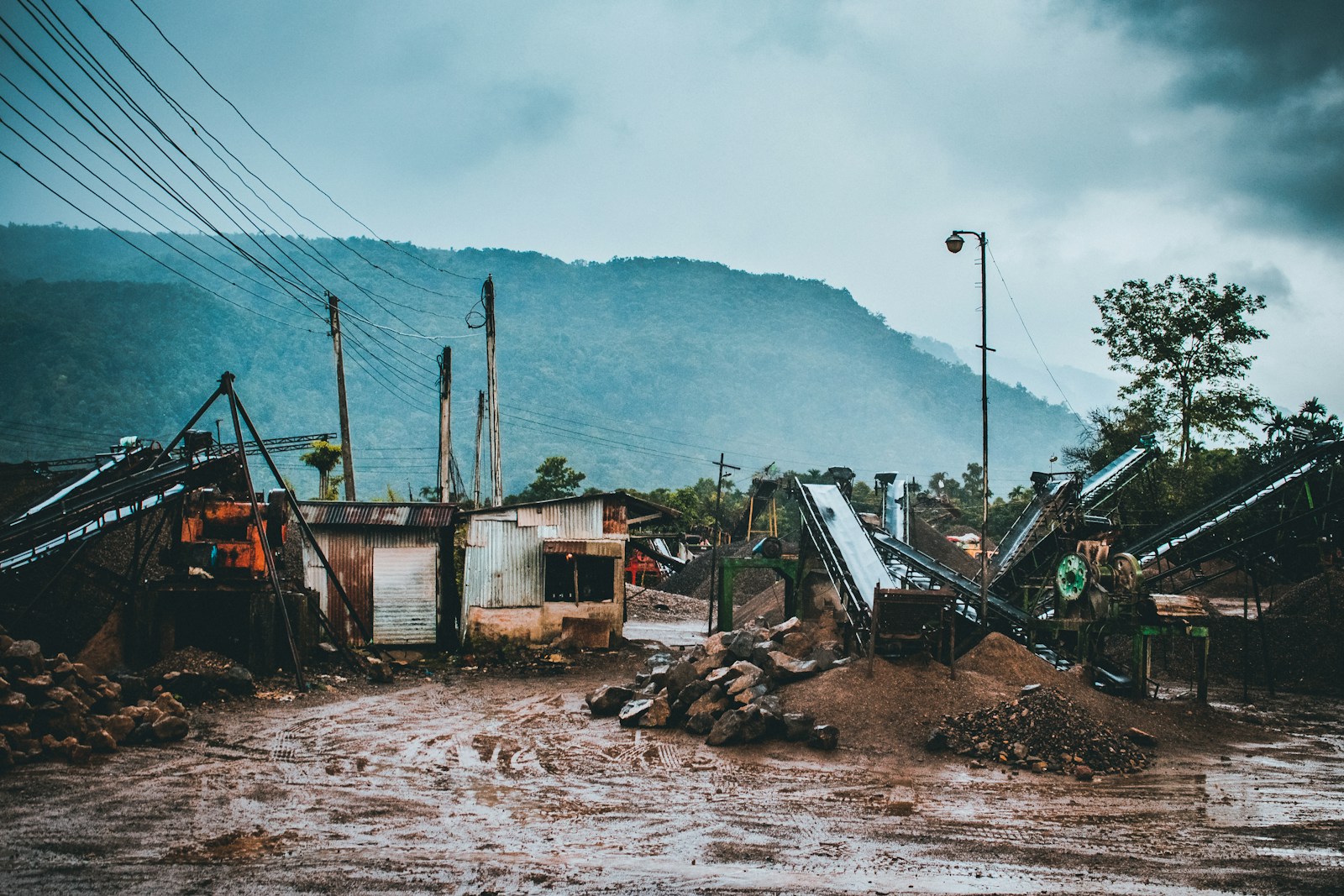In an increasingly unpredictable world, marked by escalating climate-related hazards and other crises, the traditional top-down approach to disaster management is proving insufficient. A paradigm shift is underway, recognizing that true resilience is built not from the capital, but from the grassroots. Community-led disaster preparedness is emerging as a powerful and effective model, empowering local populations to assess their unique risks, leverage their inherent strengths, and collectively develop tailored strategies to withstand and recover from adverse events. This approach is fundamental to building resilience from the ground up.
At its core, community-led disaster preparedness is a process of self-organization and collective action. It begins with participatory risk assessment and mapping, where community members themselves identify local hazards (such as floods, earthquakes, or landslides), assess vulnerabilities within their population (e.g., elderly, disabled, low-income groups), and inventory existing resources and capacities. This localized understanding is invaluable, as external agencies often lack the nuanced insight into micro-level vulnerabilities and informal support networks that exist within a community. Through workshops, discussions, and mapping exercises, residents not only identify threats but also discover their collective strengths, fostering a sense of ownership and shared responsibility.
The benefits of this ground-up approach are multifaceted. Firstly, it significantly increases community reach and engagement. When initiatives are developed by and for the community, there is greater trust, buy-in, and active participation. This leads to the formation of local disaster response teams, composed of trained volunteers who can coordinate emergency responses, conduct search and rescue operations, provide first aid, and disseminate crucial information in the immediate aftermath of a disaster, often before external help can arrive. This immediate, localized response can save lives and mitigate initial damage. Secondly, community-led approaches tap into local knowledge and contextual understanding, including traditional and indigenous knowledge, which often contains centuries of wisdom on living sustainably and adapting to local environmental conditions. This knowledge is crucial for developing truly effective and culturally appropriate preparedness and recovery plans.
Furthermore, community-led initiatives foster strengthened social cohesion and capital. When neighbors work together to plan for potential disasters, they build stronger relationships, develop trust, and create robust social networks. These networks are vital during a crisis, enabling faster information sharing, mutual aid, and emotional support. This sense of collective responsibility and solidarity significantly enhances a community’s ability to absorb shocks, adapt to new realities, and recover more effectively. Enhanced social cohesion also improves the effectiveness of early warning systems, as trusted local channels can disseminate timely and accurate information directly to those who need it most.
Despite its undeniable advantages, implementing community-led disaster preparedness is not without its challenges. It often requires significant initial resources and sustained support from external agencies (government, NGOs) to facilitate training, provide technical assistance, and mobilize essential supplies. Gaining genuine community involvement can be difficult if there’s a history of distrust in external interventions or a lack of awareness about the benefits. Issues like competing priorities, internal community conflicts, and the need for inclusive participation to ensure marginalized groups are not overlooked also need careful management. Moreover, the long-term sustainability of these initiatives depends on developing strong local leadership and consistent funding mechanisms that allow communities to maintain and evolve their preparedness plans.
Successful case studies abound, demonstrating the power of community-led resilience. In coastal communities vulnerable to tsunamis, local residents have established community-based early warning systems, evacuation routes, and designated safe zones based on their intimate knowledge of the terrain. Indigenous communities, drawing on millennia of traditional ecological knowledge, are developing climate adaptation strategies that blend ancestral wisdom with contemporary science to protect their lands and livelihoods. In post-disaster scenarios, communities that had invested in preparedness through local committees and drills often show faster and more organized recovery, demonstrating remarkable self-sufficiency.
Ultimately, building resilience from the ground up requires a fundamental shift in how disaster management is conceived and executed. It means recognizing local communities not as passive recipients of aid, but as active agents in their own protection and recovery. By empowering them with knowledge, resources, and platforms for collective action, we can foster a global network of resilient communities, better equipped to face the uncertainties of the future.
References:
- The International Ecotourism Society (TIES): While primarily focused on eco-tourism, many of their principles regarding community empowerment and sustainable development are transferable to community-led initiatives. https://ecotourism.org/
- United Nations Office for Disaster Risk Reduction (UNDRR): UNDRR is a leading source for information on disaster risk reduction, often emphasizing the importance of community engagement and local action. Their publications provide frameworks and case studies. https://www.undrr.org/
- Practical Action: This international NGO has extensive experience in supporting community-led disaster risk reduction projects in vulnerable regions, often publishing case studies and best practices. https://practicalaction.org/
- Community Resilience Building (CRB) Framework: This framework, developed by communities themselves, is a practical process for identifying hazards, vulnerabilities, and developing actions to improve resilience across all hazards. https://www.communityresiliencebuilding.com/
- PreventionWeb.net (UNDRR’s Knowledge Platform): A vast repository of news, reports, publications, and case studies related to disaster risk reduction, frequently featuring examples of community-based initiatives. https://www.preventionweb.net/
- The Climate Justice & Resilience Toolkit (University of Sydney): Explores community-led, inclusive, and intersectional disaster preparedness, highlighting local voices and traditional knowledge. https://climatejusticetoolkit.org.au/resourcelibrary/community-led-disaster-preparedness/


